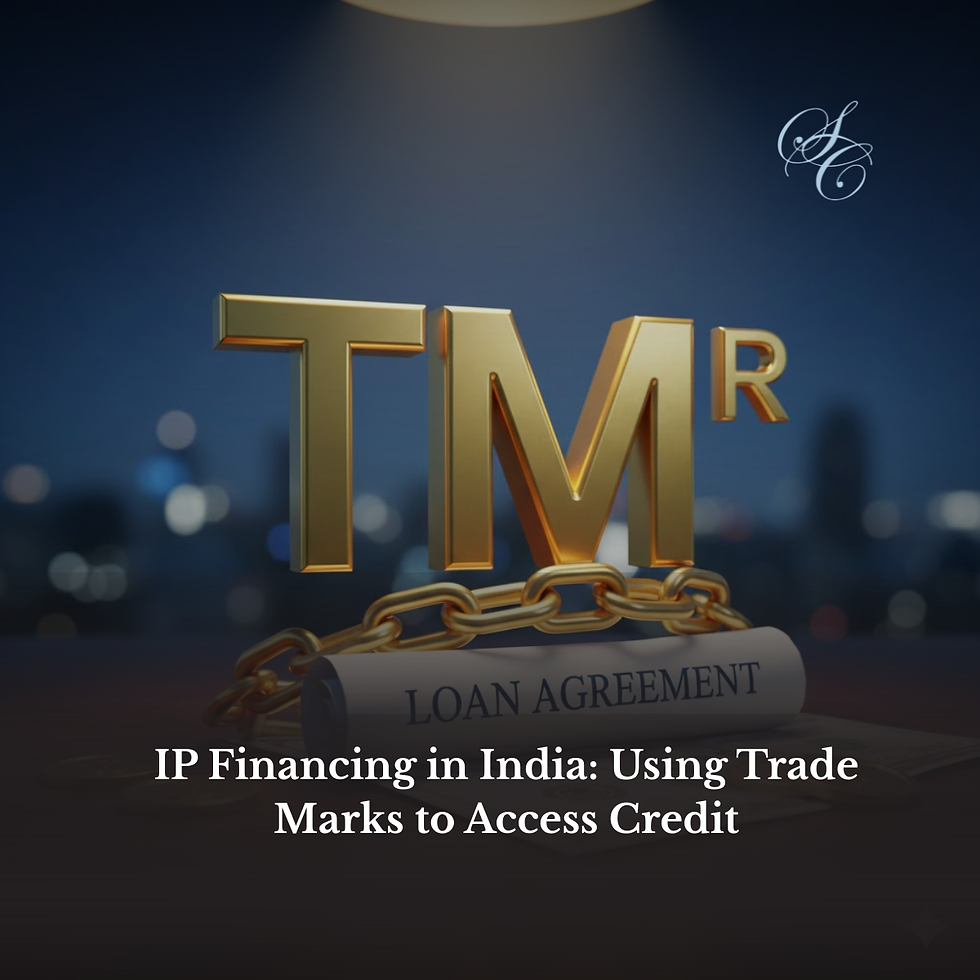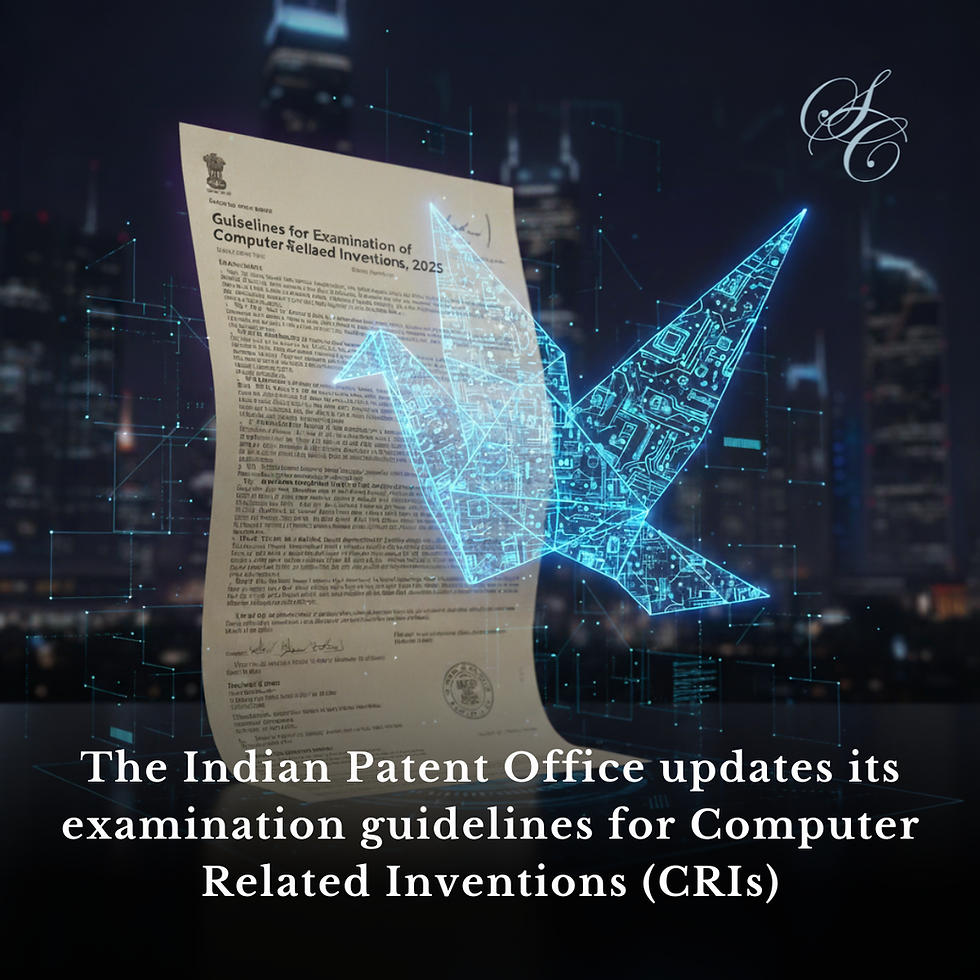IP Violations on Social Media Platforms and the Role of Intermediaries
- Sarwajeet Singh
- Jun 8, 2022
- 3 min read
The power of social media as a virtual platform for disseminating content created by an individual or entity is limitless. Social media is, by and large, the most powerful and easily accessible tool for the common man to publish and broadcast his/her work of intellect to the public at large.
With such ease of dissemination of one’s IP through social media platforms, comes the risk of IP misuse and violation. In today’s digital age, IP violation on social media platforms is not uncommon. Such instances of IP violation naturally bring the intermediaries, that these social media platforms are, to the forefront.
Recently, in the case of Living Media India Limited & Anr. v. Aabtak Channel.com (John Does) & Ors[1], the Delhi High Court restrained the defendants from using the plaintiff’s name and mark ‘AAJ TAK’ without the plaintiff’s authorization on various social media platforms, including Twitter, Facebook and Instagram. The court ordered these social media platforms to take down all the infringing posts, pages and videos referring to the plaintiff’s mark, AAJ TAK. In another instance, in the cases of Facebook Inc. v. Surinder Malik & Ors[2] and Instagram LLC v. Surinder Malik & Ors[3], the Delhi High Court emphasized that, while online intermediaries, such as Facebook and Instagram, may not perform an active role in posting of the infringing contents on their platforms, being facilitators of the infringement, they are under an obligation to pull down such content as and when it is brought to their notice/ knowledge.
Social media giants, Facebook, Instagram, YouTube, Twitter and LinkedIn, are often seen removing or taking down content infringing on the right holders’ IP rights from their sites. These platforms have explicit rules and procedures to protect IP owners’ rights and take down any infringing content that they may be hosting. Both Facebook and Instagram, for instance, have a ‘Rights Manager’ tool, which helps protect IP holder’s content by detecting any content matching the original work. They also have mechanisms in place to report IP violation on their platforms by identifying, clearly, the link/ post that is believed to be violating the IP holder’s rights. In 2020, pursuant to a case of copyright violation in the United States, Instagram released a statement that it does not encourage embedding and emphasized that an explicit consent is always needed from the original owner of any work before any copyrighted content is posted on Instagram. The video sharing platform, YouTube, also has vast IP protection policies in place. One can file separate copyright takedown and trademark takedown requests through a simple webform available of this site. Likewise, Twitter has laid down a specific trademark policy as to what constitutes infringement and what doesn’t, and a copyright policy describing what is fair use and what isn’t.
With vlogs and reels doing the rounds on the Internet, copyright and trade mark owners’ IP rights are increasingly at stake. One should, however, note that social media platforms can be held responsible for IP violation only to the extent the IP holders are vigilant in safeguarding their rights and bringing them to the intermediaries’ notice. Courts have, time and again, held that intermediaries can be held liable only when the users themselves provide requisite information to them for a successful take down. If an intermediary, does not have reasonable “knowledge” of the infringement taking place on its platform, it can rely on the ‘Safe Harbour’ defense under the Information Technology law of the country
[1] CS (COMM) 193/2022
[2] CM (M) 1263/2019
[3] CM (M) 1267/2019




Comments